The Significance of Pottery to South Korea in Ancient Times
- byDamilola Jimmy
- 4 months ago
- 0 Comments
- 3mins
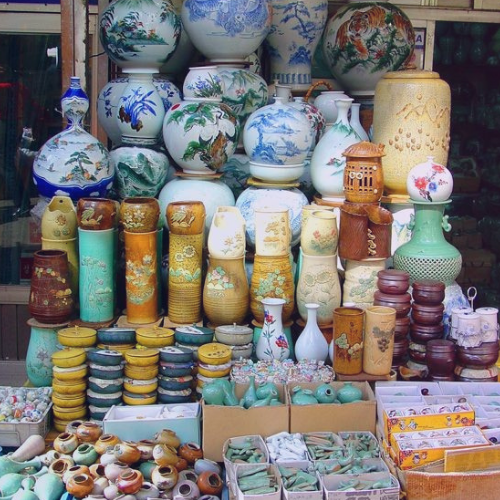
In ancient South Korea, pottery was not an everyday object; it symbolized culture, class, and possession of royal talent. Pottery is one of South Korea’s oldest and proudest arts. Pottery makers, also called ceramic artists or potters, held a very important place in history. In fact, making pottery was once seen as a royal profession.
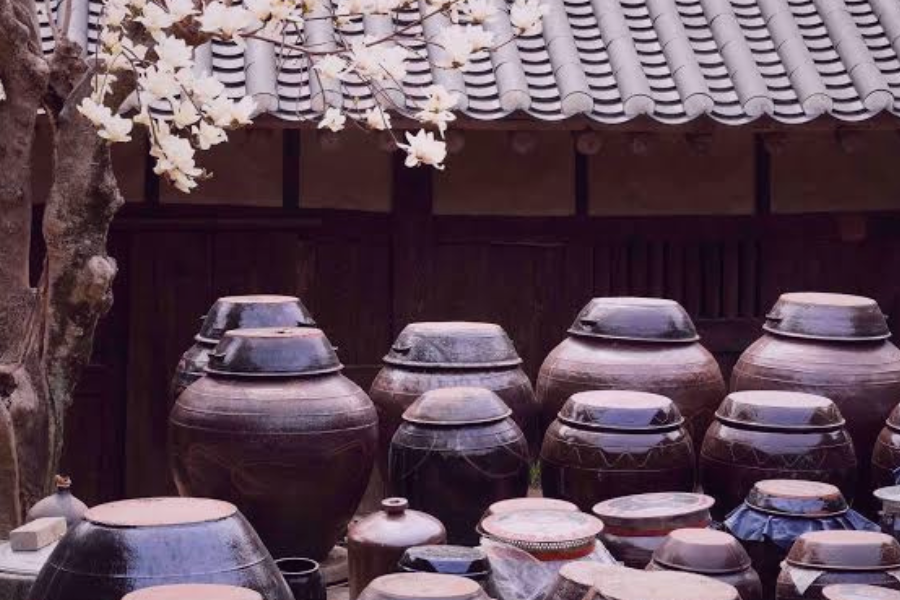
During those days, pottery was used mainly for storage purposes. They were used for storing food, water, grains, and wine. They were also very important for occasions like rituals, burials, and royal events. In this time, pottery was made by hand before the invention of wheels and kilns. Over the centuries, their skills significantly improved, and pottery became a game of skills and art.
During the Three Kingdoms period (Goguryeo, Baekje, and Silla), pottery showed the power and beauty of each kingdom. Some pots were shaped like animals or warriors while others had beautiful curves and smooth surfaces. These pieces were made by trained, skilled, and chosen potters by the King.
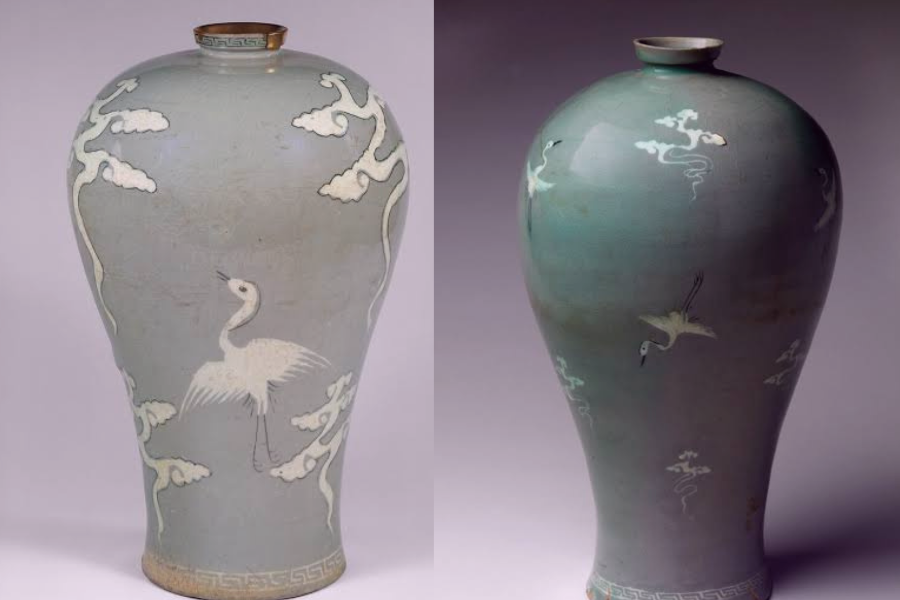
In the Goryeo Dynasty (918–1392), pottery reached a golden age. Celadon ware, which is a smooth green-blue pottery with carvings of clouds, cranes, and lotus flowers, came into existence. The elegant designs were so beautiful and eye-catching that they attracted the admiration of the Chinese and Japanese for the Korean pottery.
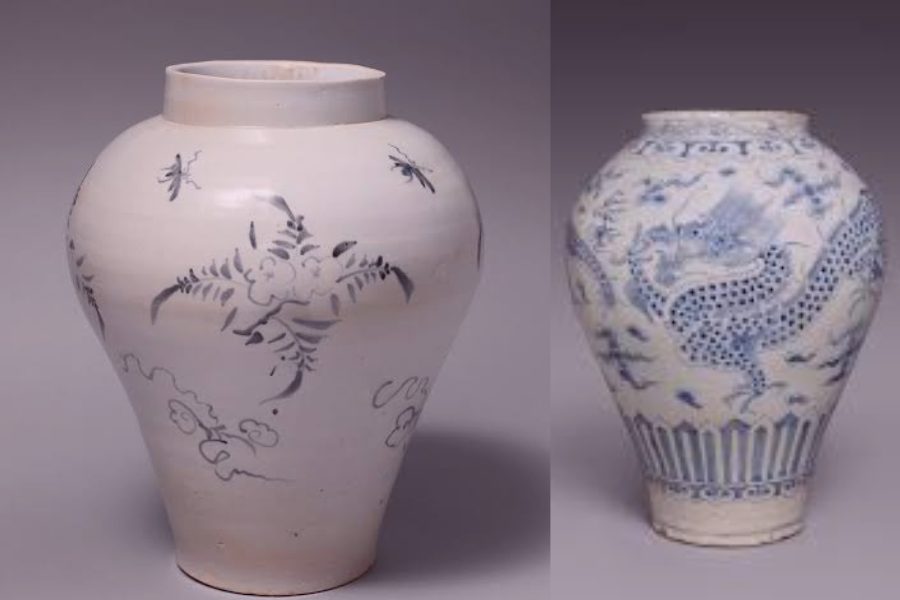
During the Joseon Dynasty (1392–1897), white porcelain became popular. They were clean, pure, and simple, yet meaningful. Some pieces had blue ink paintings on them, while others had poetry or calligraphy inscribed on them. Royal porcelain making was reserved for only top-class artists and potters. These artists worked in the state-run kilns and were people of high respect and value because of the grace they received from the King.
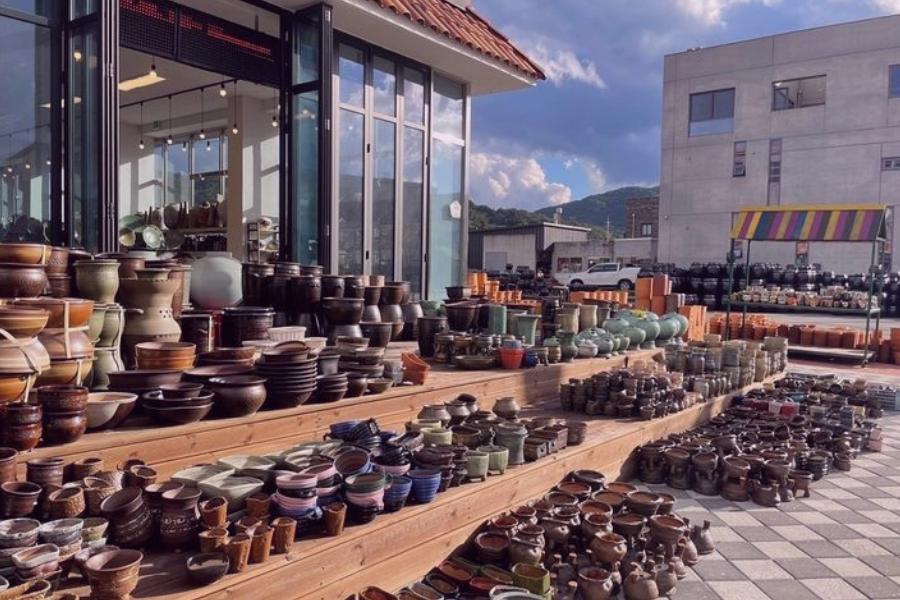
Today, pottery is still a big part of Korean culture, and the ancient methods have not been cast away. Although the use of modern tools has taken over, you can still find celadon and porcelain in galleries, museums, and craft shops. Some rich people also source rare and ancient items for their vintage item collections. Over the years, many of these ancient celadon and ceramics were found under the ground during excavations and tilling, and they have been well kept in the appropriate places to preserve the ancient culture and skills. Also, many modern potters try to copy ancient styles while adding a new twist.
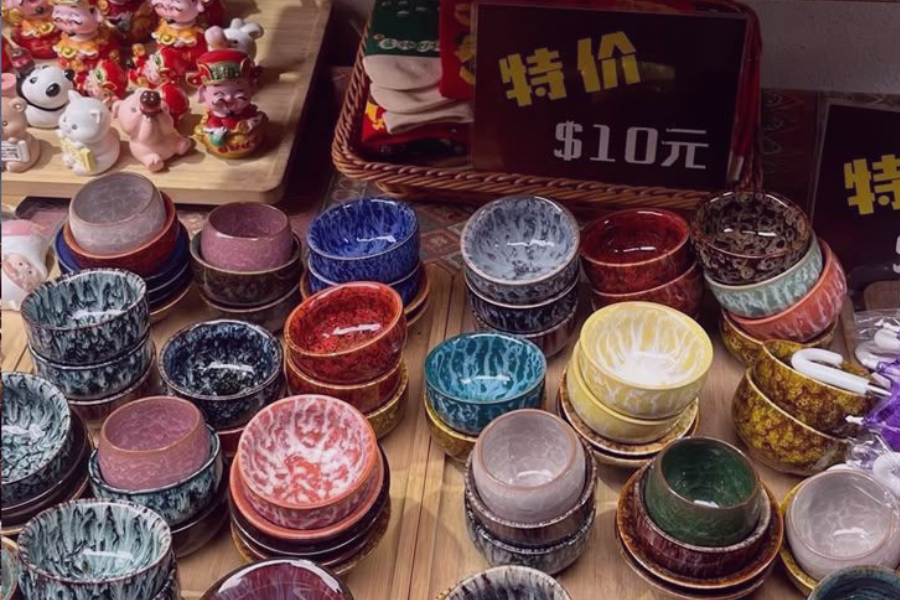
Pottery has found its way into modern Korean daily life. In Korean homes, people use handmade cups, bowls, and dishes. This mix of tradition and modern life makes Korean pottery feel alive and preserved. Some famous pottery towns include Incheon, Yeoju, and Gwangju. These places hold several pottery festivals, workshops, and markets, attracting tourists who love to visit and watch potters spin clay or light up old-style kilns.
Even though several centuries have passed, pottery still needs patience, care, and talent. The traditional shapes and designs are still very much loved. Many artists still use natural clay and glaze, just like in ancient times, but technology helps with the shape and color and to fire the pottery faster. It is now used for art shows, so it doesn’t only sit in storage or only get used for ceremonies anymore. Also, more people can now learn pottery, not just royal-approved artists, which is a huge feat.
Have you ever come across Korean pottery? What’s your take on the Korean pottery in general?
Tags:
Damilola Jimmy
The ink drips smartly over here. Let me take you through the world of my imagination while riding on the letters😎 It's all fun in this corner.
0 Comment(s)
Related Posts
Daily Newsletter
Get all the top stories from Blogs to keep track.





Leave a comment